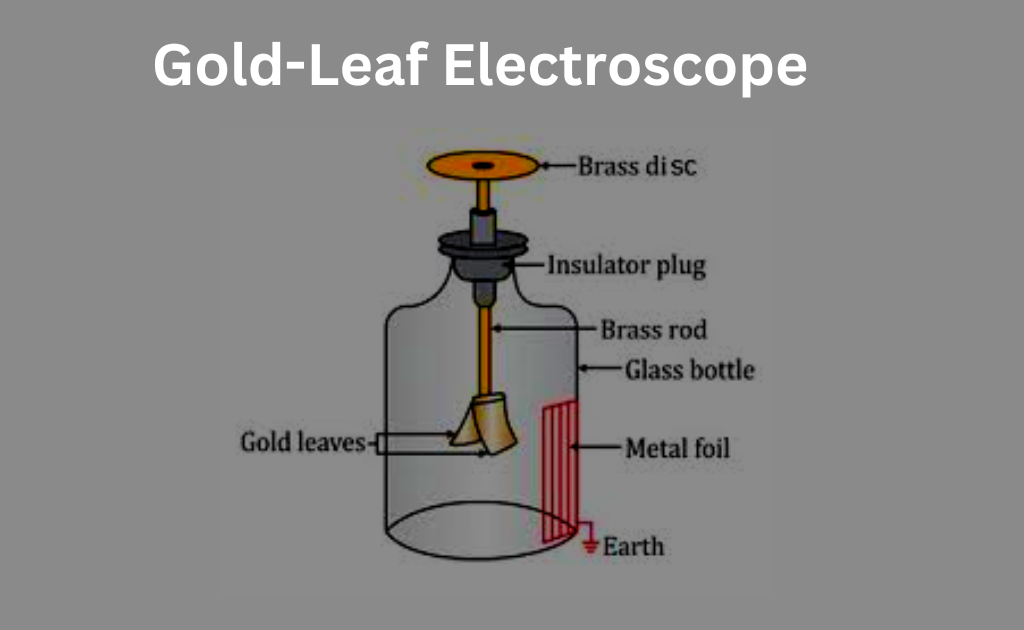Electrostatic -Types and Application
Electrostatic is the study of electric charges at rest under the action of electric force. It is the branch of physics that deals with static charges.
Electrostatic Physics
Electrostatic is a type of static electricity which is very useful in many fields. Static electricity is the type of electricity that is generated when two or more objects are kept at a distance from each other. When these objects are rubbed, it creates a charge on them, and thus, they become positively charged and negatively charged.
The force between charges is directly proportional to the product of the magnitude of charges. This is the coulomb’s law.

The ability of a medium to allow the electric force to pass through it is determined by a factor known as permittivity.
The electric field of charge is determined by the electric field lines. The number of lines per unit area passing perpendicularly through an area is proportional to the magnitude of the electric field. This is also called electric flux.
The flux through any closed surface is 1/ εo time to the charges enclosed it. A device used to store the charge is called a capacitor. Capacitor stores electrical energy in it.
The electrostatic force is one of the strongest forces known to us. This is because the electrostatic force increases rapidly as the two objects approach each other. As soon as they touch each other, the force becomes infinite. Therefore, it is essential to use a safe way of handling these high voltages.
The electrostatic force can be used in several fields of science. One of them is the field of physics. In this field, it is used for various purposes like measuring the mass of an object, finding the speed of a moving object, finding the electric potential, etc.
Types of Electrostatic
There are two types of electrostatic:
- Static charge
- Potential
1. Static charge:
It is created when there is friction between the two objects and the charge is stored within the bodies. The charge is transferred to the objects through the objects.

2. Potential:
The other type of static electricity is called potential. The potential is measured in volts. One unit of potential is equal to one volt. The potential is also referred to as the electric field.
Electrostatic Examples
There are many examples of electrostatics in daily life.
- Photocopier.
- Laser Printer Operation.
- The attraction of pieces of paper to a charged comb.
- Rubbing a Rod with a Cloth.
- Balloon Party Trick.
Static Electricity
Some materials rub against each other, such as wool on plastic or the soles of shoes, which can cause static electricity. The positive ion in the metal moves to the metal’s surface when a charge is created on the surface of the metal atoms.
The metal handle of a door and the rubber mat underneath it are at different electrical potentials, so static electricity builds up if you touch them.
Applications of Electrostatic
Some of the applications of electrostatic are:
1. The measurement of mass:
The mass of an object can be measured by weighing it and the result will be expressed in grams. If the object is placed on a scale, the weight of the object is recorded.
2. Finding the speed of a moving object:
To find the speed of a moving object, it is required to know the time taken by the object to cover a certain distance. This distance is called the length of the object. Now, to find the speed of the object, one must measure the length of the object and also the time taken by the object to cover the distance. Then, the result will be expressed in kilometers per hour.
3. Determining the electric potential:
The electric potential can be found by putting electrodes in different parts of the object. As soon as the object touches the electrodes, the charge will be transferred to the electrodes. The potential difference between the two electrodes will be known as the electric potential.
4. Determining the electrical potential:
Determining the electrical potential is the same as finding the potential difference.
5. The charge of an object:
The charge on the electron is measured by Millikan’s method. To find the charge of an object, it is required to know the area of the object and the voltage. The voltage is the electric potential. So, to find the charge of the object, one must multiply the area of the object by the voltage.
6. Electric field:
The electric field is the force that acts on all the charged particles in an object.
Related FAQs
What are the types of electrostatics?
There are two types of electrostatic force
Attraction force
Repulsion force
What is an electrostatic charge example?
Negative charges, or electrons, can be transferred by the rubbing of certain materials against one another. If you rub your shoe on the carpet, you will collect extra electrons in your body.
The electrons are stuck in your body until they can be released. You get a shock when you reach for and touch your furry friend.
What are the applications of electrostatics?
The Van de Graaff Generator.
Xerography.
Laser Printers.
Who discovered electrostatics?
Electrostatic induction, discovered by British scientist John Canton in 1753 and Swedish professor Johan Carl Wilcke in 1762 is a redistribution of charges in an object caused by the electric field of a nearby charge.
What are the dangers of electrostatics?
It is possible to discharge all charged objects by being earthed. This can be done safely if they connect them to the earth with a conductor. A spark to the earth can happen unexpectedly if the charge is very large. This can cause a fire, if it is caused by sparks like this.







Leave a Reply